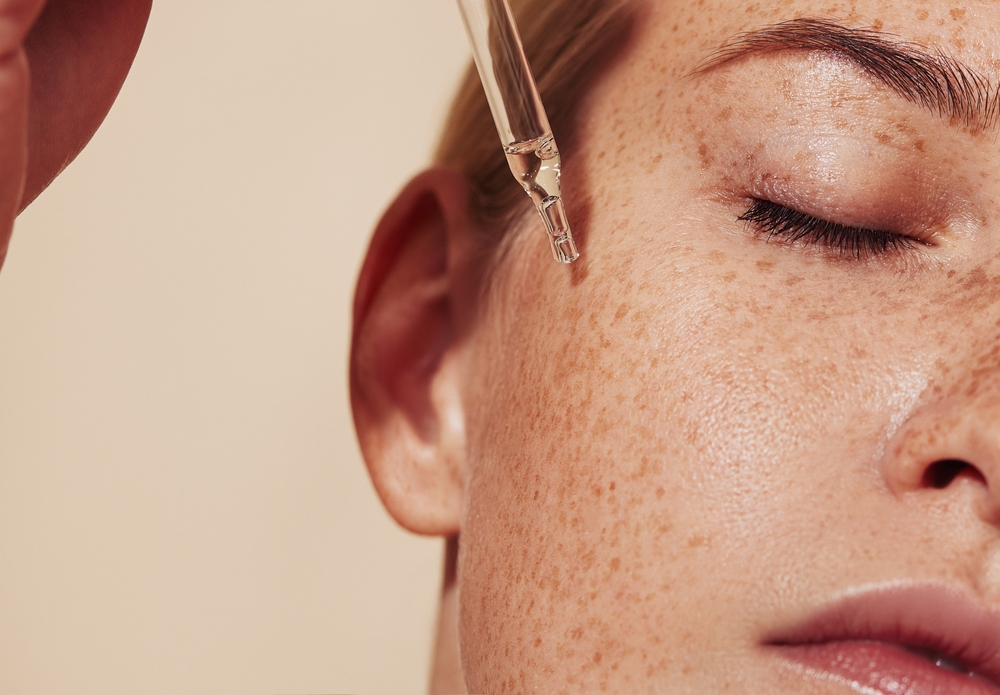Are you betraying your values if you smooth out your crow’s feet, or just choosing a different kind of self-expression? For a generation raised on both body positivity and Photoshop, navigating the aesthetics of aging has gotten weird. On one end of the spectrum, you’ve got the “don’t touch your face” purists who champion natural aging as a badge of honor. On the other, the pro-injectables crowd argues that a little tweak here and there is just maintenance—like brushing your teeth or coloring your hair.
What complicates the debate is that it’s no longer about if you do something to your face, but why, and whether the reasoning is your own or a byproduct of a culture obsessed with youth.
The Modern Face of Aging
Once upon a time, aging was mostly a backstage process. You got older, maybe grayer, and that was that. These days, facial aging is a highly curated experience—often customized with neuromodulators like Botox and dermal fillers like Juvederm or Restylane. People in their 30s are now routinely freezing foreheads “preventively,” while others are layering on fillers for volume long before any actual sagging begins.
So what’s changed?
- Visibility: Aging has become a public sport. Thanks to high-def cameras, video calls, and social media, we’re constantly confronted with our own faces—often under unflattering fluorescent light.
- Accessibility: Cosmetic treatments are no longer reserved for the ultra-rich. With med spas popping up in strip malls and Instagram ads promising “lunchtime Botox,” it’s easier than ever to dabble.
- Normalization: Once taboo, injectables are now discussed openly among friends, influencers, and even doctors online. What used to be a hushed secret is now part of a skincare routine.
The Science vs. the Stigma
Let’s get one thing straight: neuromodulators like Botox aren’t just for wrinkles. They’re FDA-approved for a variety of medical conditions—from migraines to hyperhidrosis (excessive sweating). But when used cosmetically, they work by temporarily paralyzing muscles, making the skin appear smoother. Fillers, meanwhile, replace volume lost with age, essentially re-inflating the facial structure.
While these treatments are generally considered safe when administered by qualified professionals, they’re not risk-free.
- Potential side effects include bruising, asymmetry, and in rare cases, nerve issues.
- Longevity varies—Botox typically lasts 3–4 months; fillers can last 6 months to 2 years depending on the product.
- Cost adds up quickly. A single Botox unit can run $11 to $25, and filler can top $1,000 per syringe.
And yet, none of that quite explains the emotional weight tied to the decision. For some, injectables feel empowering—an act of reclaiming control over their appearance. For others, they’re a slippery slope that reinforces unrealistic standards and internalized ageism.
Why “Natural” Doesn’t Always Mean Authentic
The “natural aging” camp often argues that lines and wrinkles are proof of a life lived. But there’s a catch: choosing to age naturally doesn’t necessarily mean you’re immune to societal pressure—it just means you’re navigating it differently. Ironically, the “natural” look itself has become a kind of performance, with glowing skin, toned muscles, and perfectly gray hair often requiring just as much maintenance, money, and effort.
A few things to consider.
- Health vs. appearance: You can be aging naturally and still laser your sun spots, whiten your teeth, or use retinol. So where do we draw the line?
- Privilege plays a role: Aging gracefully often assumes access to good healthcare, nutrition, and time—all of which aren’t universally available.
- Judgment goes both ways: Just as some criticize the overfilled look, others scoff at people who “let themselves go,” proving that no choice is free from scrutiny.
The Subtle Shift Toward Balance
What we’re seeing now is a quiet middle ground gaining traction: subtle tweaks instead of dramatic overhauls. The new aesthetic ideal isn’t “frozen and plumped,” but “refreshed and rested.” This nuanced approach values facial movement, age-appropriate changes, and restraint.
Trends contributing to this shift.
- Baby Botox: Lower doses for a more natural, expressive look.
- Skin-focused treatments: Microneedling, lasers, and radiofrequency that improve skin quality without altering structure.
- Preventive care: Rather than reversing aging, many are starting early to slow it down gently.
It’s not about looking 25 forever—it’s about looking like you on your best day.
The Psychology Behind the Needle
For some, getting injectables is deeply psychological—less about vanity and more about identity. A person might want their outside to match how youthful they feel inside. Others may do it to stay competitive in industries where looking tired is equated with being outdated.
On the flip side, some choose to avoid all cosmetic interventions as a form of rebellion against societal norms. For them, wrinkles are radical—a declaration of authenticity in a world that increasingly filters reality.
Both motivations are valid. The key is intention.
- Are you doing it for yourself, or for someone else’s expectations?
- Does it make you feel more confident—or more anxious?
- Is the change aligned with how you see yourself—or trying to mask someone you’ve outgrown?
It’s Your Face—Just Make It Your Choice
There’s no one “right” way to age. What matters most is autonomy—having access to the information, the resources, and the self-awareness to make decisions that feel authentic to you.
Aging, whether you accelerate, delay, or simply observe it, is a deeply personal experience. One person’s wrinkle is another’s trophy. One person’s filler is another’s freedom. Either way, there’s room for nuance.
So maybe the debate isn’t about injectables vs. natural. Maybe it’s about how to age—visibly, invisibly, confidently, curiously—on your own terms.
Wrinkles, Syringes, and All the Space In Between
Aging doesn’t have to be a battleground, and it certainly doesn’t need to be a binary. The pressure to stay young isn’t going anywhere, but neither is the rising tide of people reimagining what aging can look like. Whether you choose to tweak or not, the more honest we are about why we make those choices, the easier it becomes to respect the ones that look different from our own.






